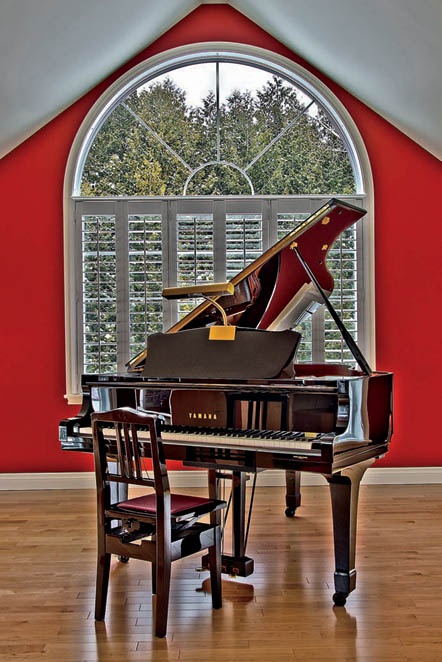Back in the good old days photographers bought special rolls of film or filters to meet the challenges of color casts that come from indoor lighting, overcast days, or special situations.
The D7000’s method for balancing the camera to the available light comes with the white balance (WB) controls. Fortunately, the D7000’s Auto white balance settings does a great job for general shooting. However, discerning photographers learn how to use the white balance controls so they can achieve color consistency in special situations.
(User’s Manual – Page 117)
Normally white balance is used to adjust the camera so that whites are truly white and other colors are accurate under whatever light source you are shooting in. You can also use the white balance controls to deliberately introduce color casts into your image for interesting special effects.
Camera WB color temperatures are exactly backwards from the Kelvin scale we learned in school for star temperatures. Remember that a red giant star is cool, while a blue/white star is hot. The WB color temperatures are backwards because the WB system adds color to make up for a deficit of color in the original light of the subject.
For instance, under a fluorescent light, there is a deficit of blue, which makes the subject appear greenish yellow. When blue is added, the image is balanced to a more normal appearance.
Another example might be shooting on a cloudy, overcast day. The cool ambient light could cause the image to look bluish if left unadjusted. The white balance control in your camera sees the cool color temperature and adds some red to warm the colors a bit. Normal camera white balance on a cloudy, overcast day might be about 6000K.
Just remember that we use the real Kelvin temperature range in reverse and that red colors are considered warm and blue colors are cool. Even though this is backwards from what we were taught in school, it fits our situation better. To photographers, blue seems cool and red seems warm! Just don’t let your astronomer friends convince you otherwise.
Understanding WB in a fundamental way is simply realizing that light has a range of colors that go from cool to warm. We can adjust our cameras to use the available light in an accurate and neutral, balanced way that compensates for the actual light source. Or we can allow a color cast to enter the image by unbalancing the settings. In this chapter, we will discuss this from the standpoint of the D7000’s camera controls and how they deal with WB.

